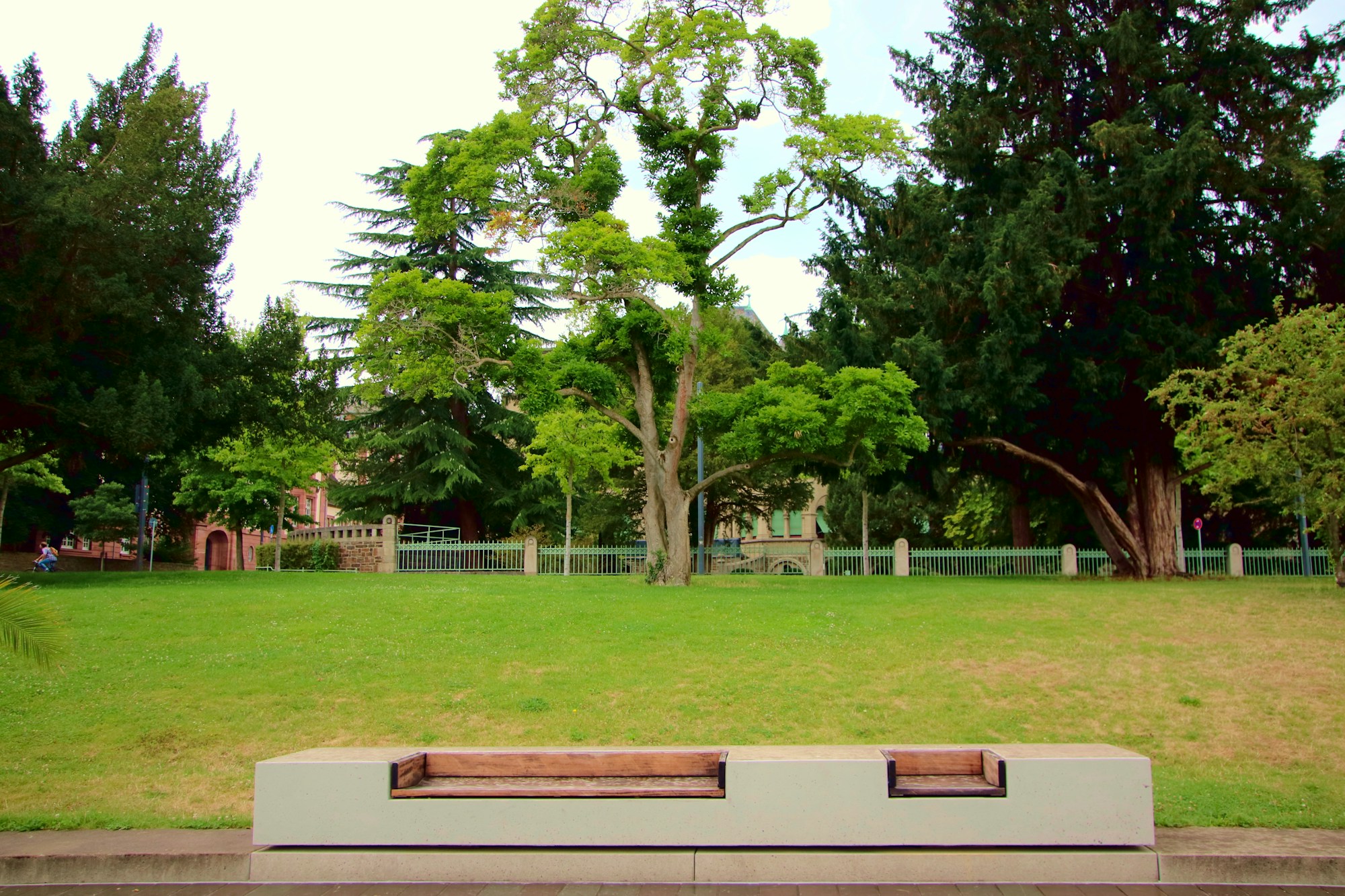Lorentz National Park Travel Guide
Explore Lorentz National Park: a UNESCO World Heritage Site in Indonesia. Discover unique wildlife and pristine landscapes.

Lorentz National Park Travel Guide
Welcome to Lorentz National Park, a UNESCO World Heritage Site located in Papua, Indonesia. This vast park is named after Hendrikus Albertus Lorentz, a Dutch explorer, and is one of the most biodiverse places on Earth, encompassing a variety of ecosystems ranging from alpine glaciers to equatorial forests.
Historical Context
Lorentz National Park holds immense historical significance, as it was established in 1995 and named a UNESCO World Heritage Site in 1999. The park's rich history dates back thousands of years, with evidence of human habitation by indigenous tribes such as the Asmat people, who have resided in the region for generations.
Cultural Practices
The indigenous tribes living near Lorentz National Park have a deep connection to the land and practice sustainable living through hunting, fishing, and traditional farming methods. Visitors can immerse themselves in the local culture by participating in traditional ceremonies, learning about indigenous art and crafts, and tasting authentic local cuisine.
Festivals
Throughout the year, various festivals and celebrations take place in and around Lorentz National Park, showcasing the diverse cultural heritage of the region. From traditional dance performances to hunting rituals, these festivities offer a unique glimpse into the lives of the indigenous communities that call this area home.
Local Anecdotes
One of the most fascinating anecdotes about Lorentz National Park is the discovery of new species of plants and animals within its boundaries. Researchers and explorers continue to unearth previously unknown species, adding to the park's reputation as a biodiversity hotspot.
Interesting Facts
- Lorentz National Park is home to Mount Wilhelmina, the highest peak in Oceania outside of New Guinea.
- The park spans over 9,674 square miles, making it one of the largest national parks in Southeast Asia.
- It is a refuge for rare and endangered species such as the tree kangaroo, the cassowary, and the Vogelkop bowerbird.
